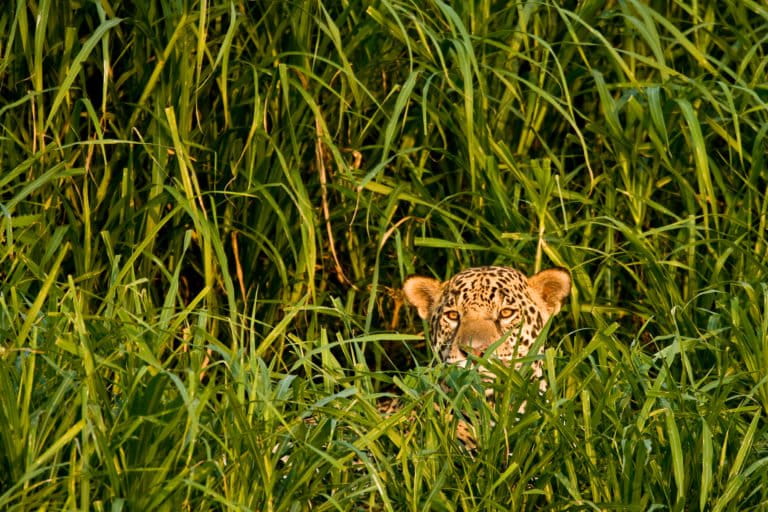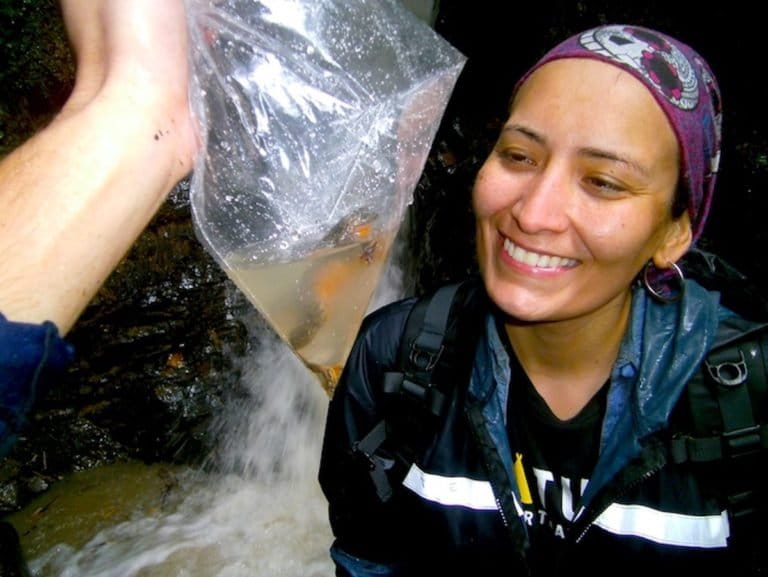A state of emergency against illegal mining in Peru, open season for new mining ports in Chile, drones vs rats in the Galápagos, and jaguar corridors in Colombia are among the top recent stories from our Spanish-language service, Mongabay Latam.
Massive raid on illegal mining in Peru’s Madre de Dios
Peruvian security forces descended en masse on the Amazonian territory of Madre de Dios in the fight against illegal mining projects. Operation Mercury 2019, the first phase of the government’s plan to tackle the problem in Madre de Dios, saw 1,272 police officers, 300 soldiers and 70 public ministers, crime dogs and explosive units to this region. The government declared a 60-day state of emergency in Tambopata province.

Mining projects zoned for northern Chile’s coast
Opponents of port mining projects that threaten Chile’s northern coast lost a major battle following the recent approval of a development plan. The plan divides this unique marine ecosystem into three industrial production zones, including the controversial Dominga iron ore mine and port and the Cruz Grande copper and iron port. Advocates for La Higuera coastal region had instead recommended fishing, tourism and aquaculture activities.

Central-South America jaguar corridor could be lost within a decade
“The section between Panama and Colombia is so fragile that if current rates of deforestation and habitat loss continue, in 10 years or less, there will simply be no connection,” says Colombian jaguar researcher Estaban Payán in an interview with Mongabay Latam. Payán is the NGO Panthera’s regional director for South America and one of the foremost specialists in jaguars (Panthera onca) in the region.

Bolivia’s top herpetologist tracks down the last frog species
If it rained frogs, Bolivian frog researcher Teresa Camacho would pick up the endangered ones and try to find them a habitat to stave off their extinction. This is exactly what she did for the frogs of Lake Titicaca, rescued during a massive die off; they have since reproduced two generations in captivity.

Using drones to eradicate rats in Galápagos
Rats arrived in the Galápagos with the first sailors, and have since colonized entire islands, bringing several endemic species to dangerous brinks. Rats, especially the more aggressive black and tan variety, devour tortoise and iguana eggs and swallow newborns whole. They can also reach the exposed nests of some species of marine birds by climbing trees.

Rare spectacled bears under threat in southern Peru
Spanning more than 1,000 square kilometers (386 square miles), the Choquequirao Regional Conservation Area is an important habitat for spectacled bears in southern Peru. But pressure from cattle ranching and agriculture, and an absence of park rangers, threaten the habitat of Tremarctos ornatus, also known as the Andean bear, considered an umbrella species for the region’s ecosystems.

Read these stories in their entirety in Spanish here at Mongabay Latam.
